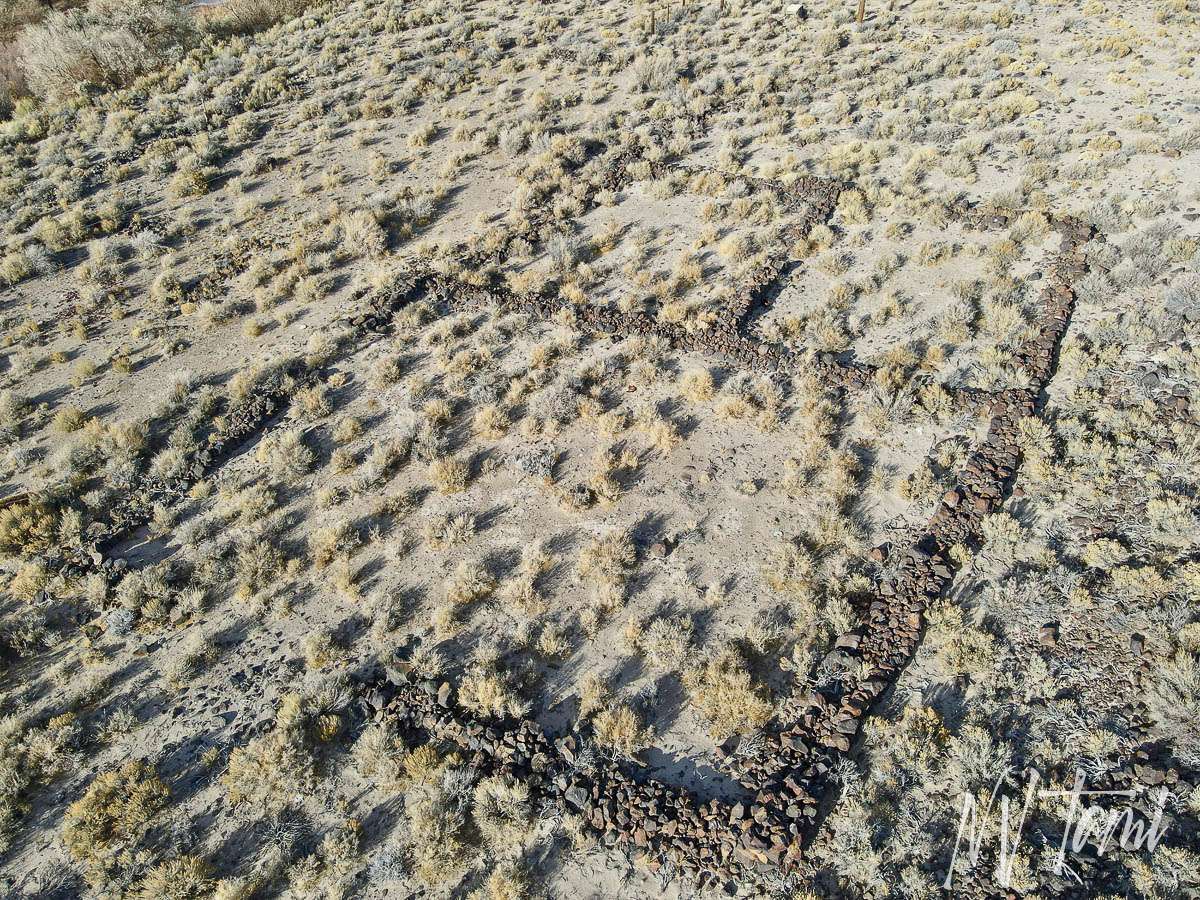
Five Mile House was five miles from Aurora on the stage road to Carson City. From 1860 to the early 1900s, the station changed hands multiple times as Aurora and Bodie experienced the boom and bust of the mining era. The station was active with stories of injuries, summer resorts and a shooting of an axe-wielding assailant intent on robbing the ranch.
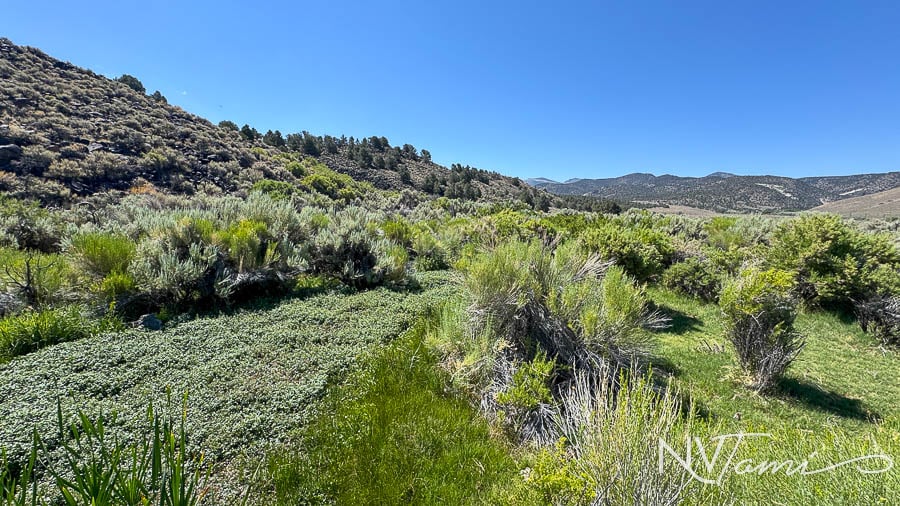
Five Mile House
Mile houses, also known as stage stations, dotted wagon roads. Travelers needed food, rest, and facilities. Wagons required repairs, and animals needed feed and shelter. The toll road company operated some mile houses, but others were private individuals with land adjacent to the road. They were a combination rest stop, restaurant, hotel, stable, and often saloon. Many were named after their distance in miles from a location.
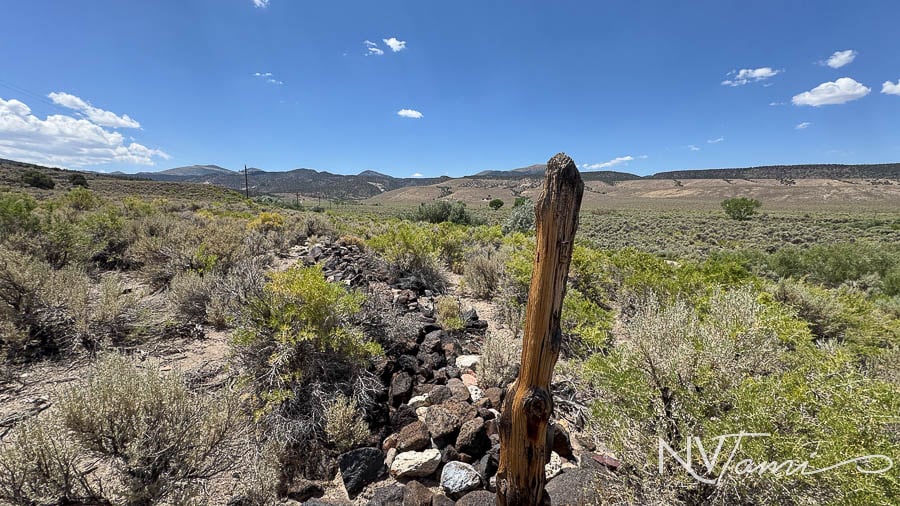
The first mention of the site of Five-Mile House was on an 1860 map named Lone Star Rancho. Before the boundary survey, many thought the location was the border of California and Nevada.
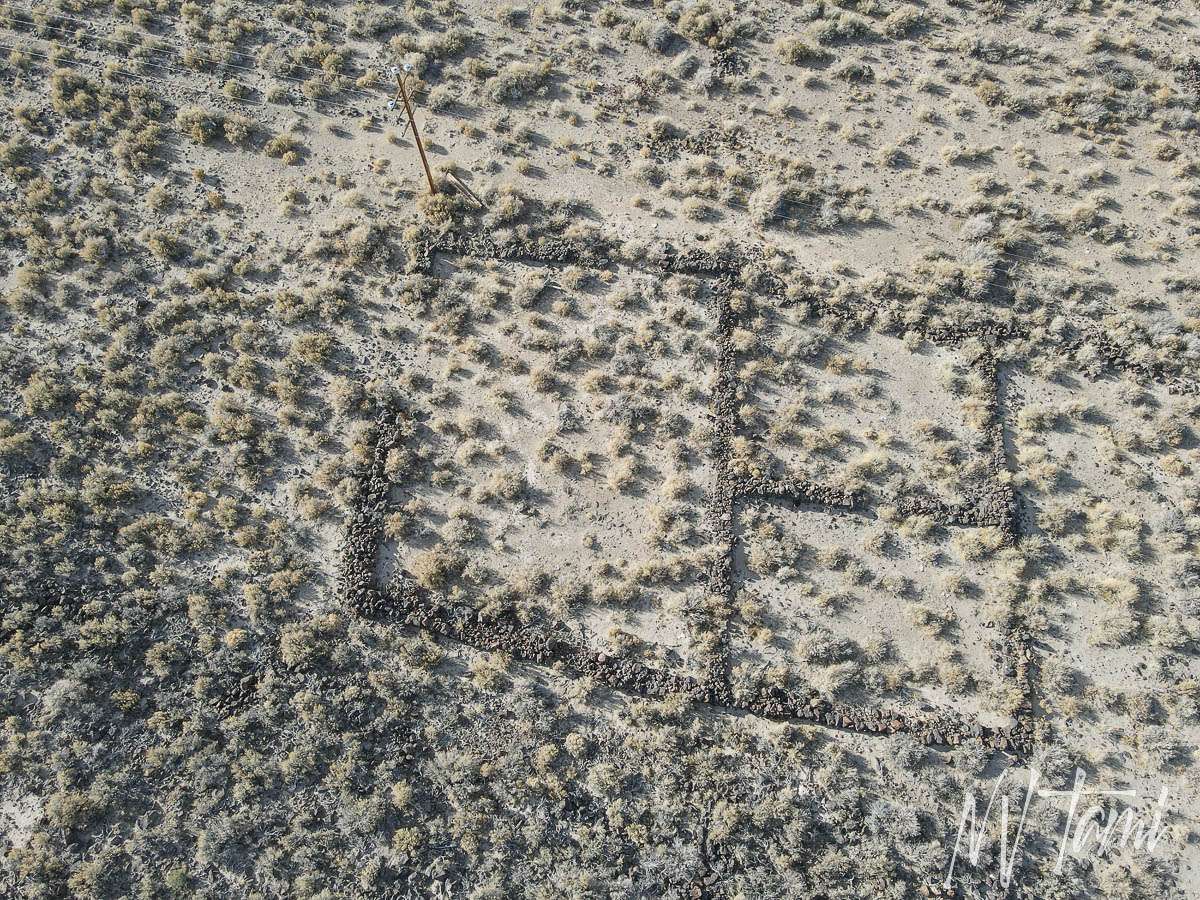
A survey of the Nevada Territory in 1862 was the first to use the name 5 Mile Ranch. In 1863, a reporter for the Daily Alta California wrote of Five Mile House. He mentions it was at the last grade before ascending to Aurora and had “better natural mountain roads” than he had seen before.
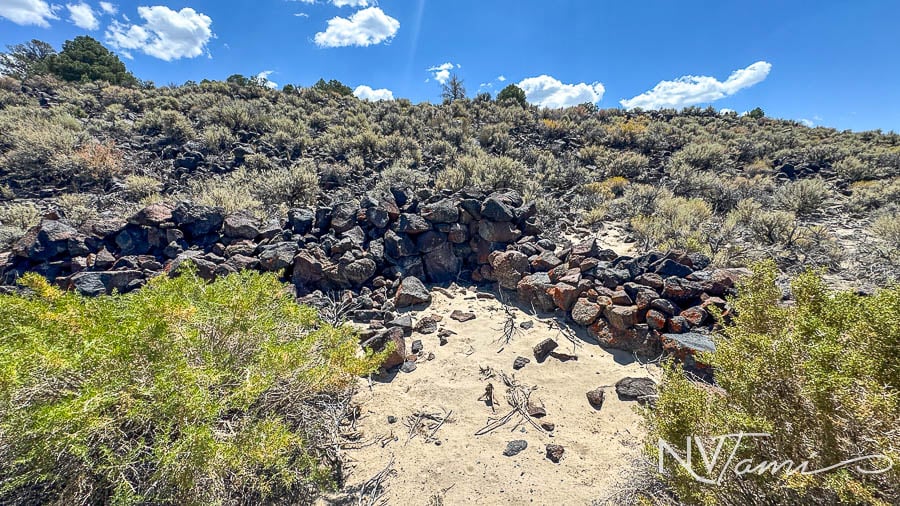
In 1864, J. Ross Brown toured the area around Aurora and the Walker River Valley to assess the Agricultural and mineral resources. Starting in Aurora, he headed north to Five Mile House, referring to it as a way station.
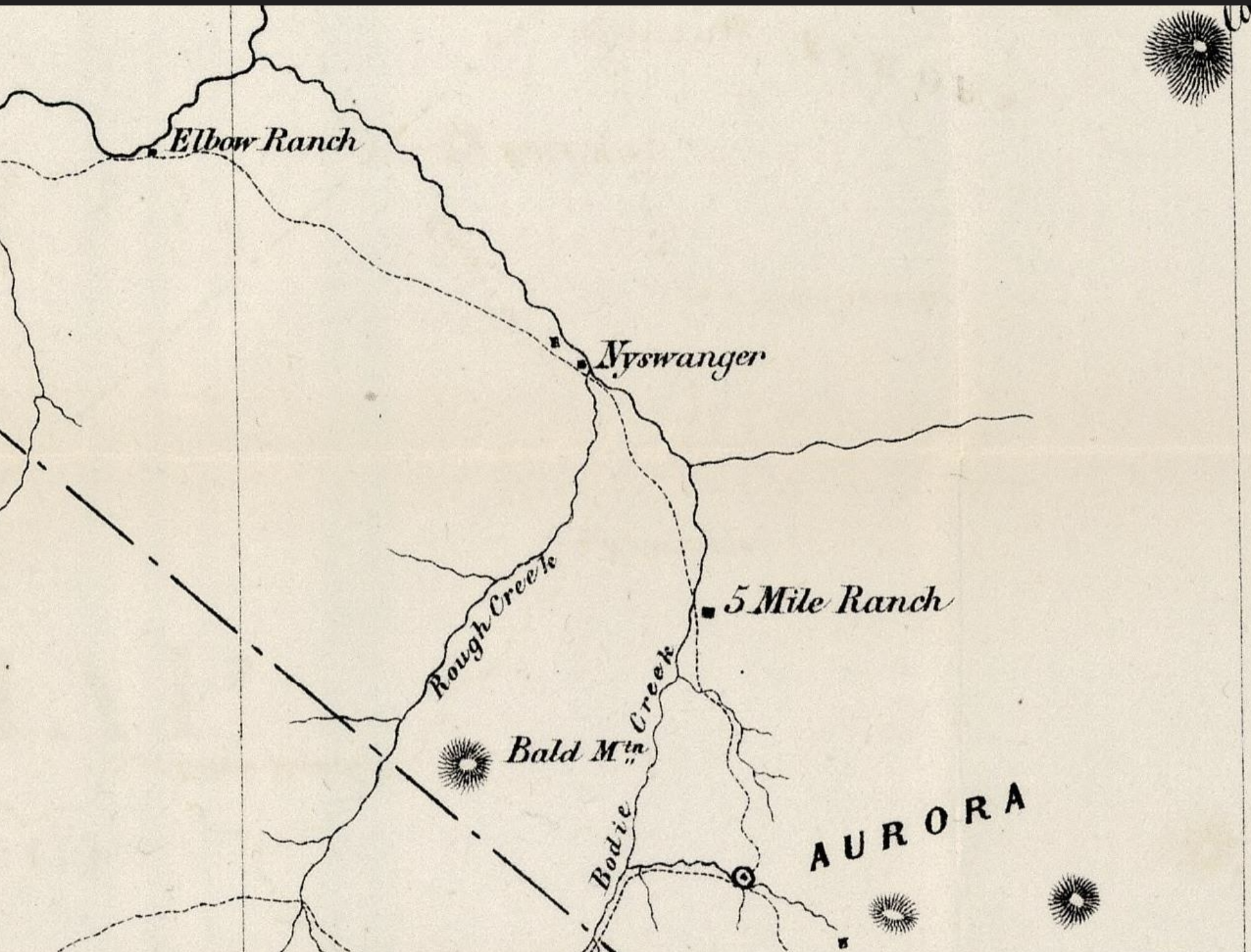
Maps refer to the site by different names. On an 1868 map, Holt calls it “House,” while the General Land Office and US Corps of Engineers refer to it as 5 Mile House. In 1867, the GLO map marks “Dickinson’s Toll Gate: south of 5-Mile House. The 1875 census lists J.J. Welch as a “toll gatekeeper,” likely at Dickinson’s.
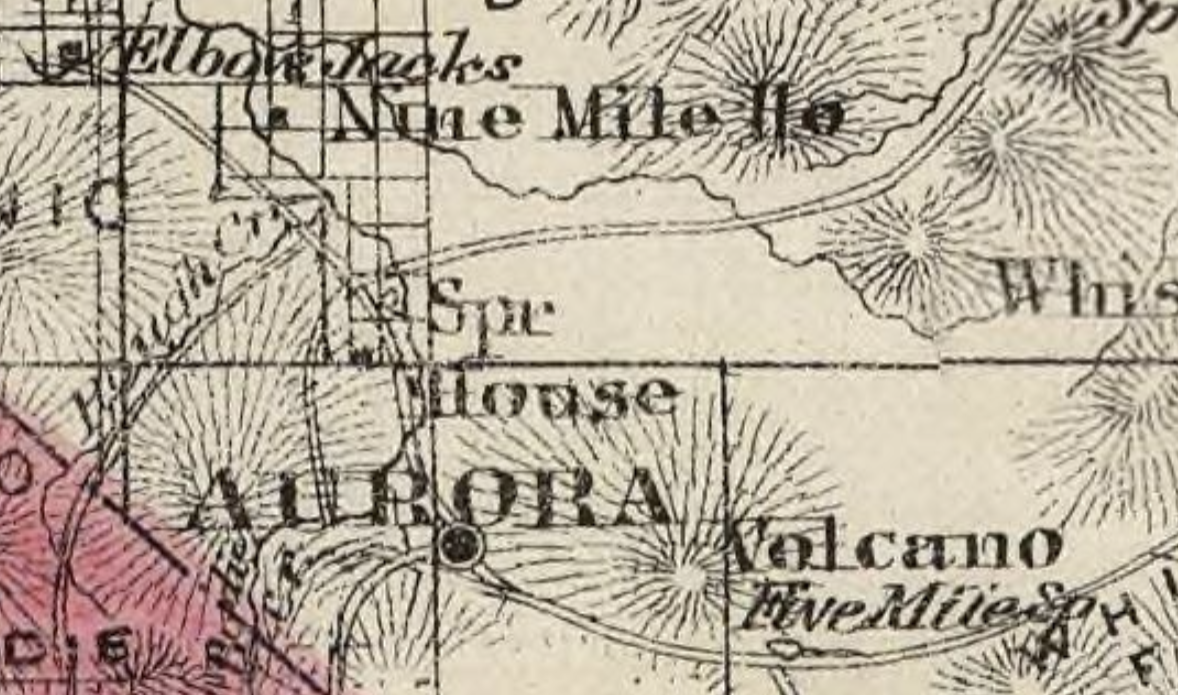
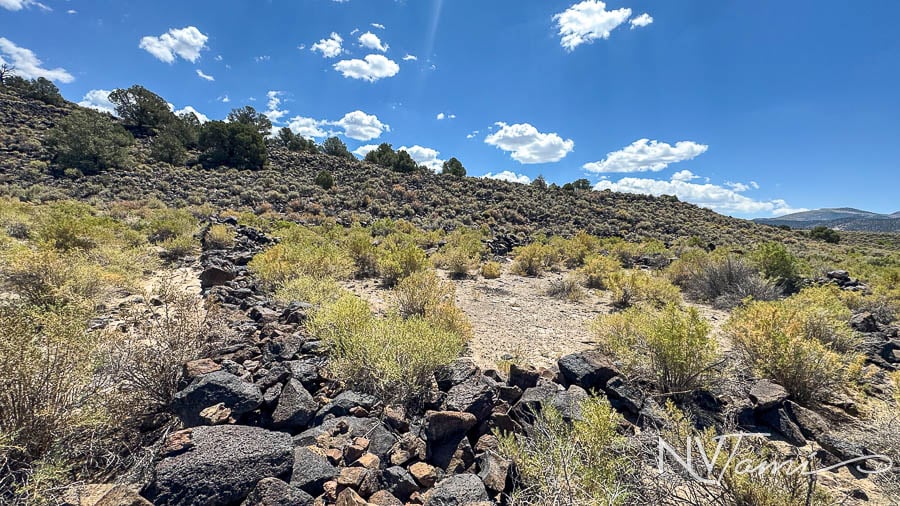
The stage route changed in 1878, bypassing Junction House and stopping at Five Mile House. E.J. Curtis was the proprietor and would “cater to the welfare of his guests and travelers.” That year, as George Daly lowered himself from the stage at Five Mile, a mule “winked his mind leg,” hitting Daly in the right thigh and pushing him under the stage.
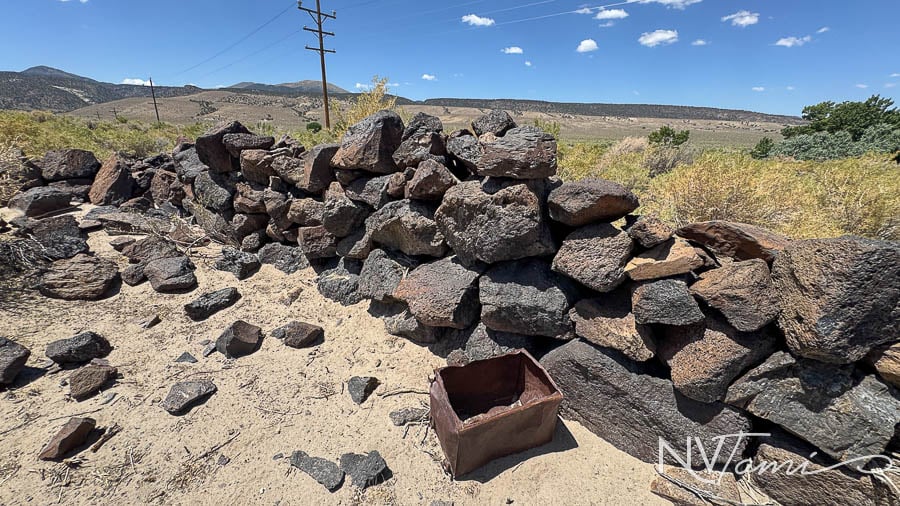
Carson & Colorado Railroad
The Carson & Colorado investigated extending their railroad from Hawthorne to Five Mile House or nearby Nine Mile House. From there, they could build a grade over the table lands and continue through the canyon to Adobe Meadows, then to Blind Springs and Owens Valley.
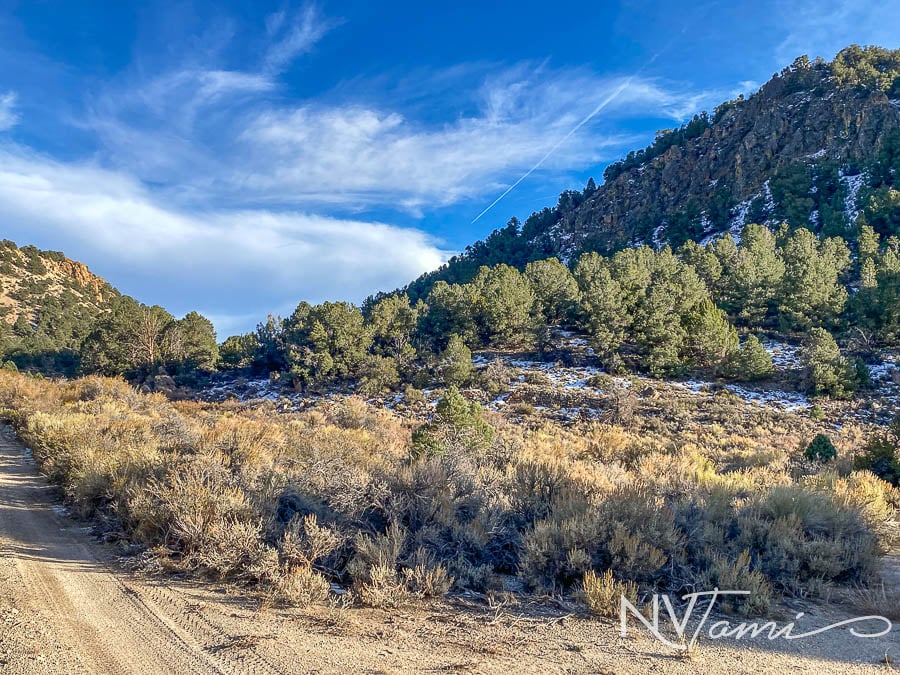
The route is destined at no distant day to become one of the most important arteries of commerce in the Union, connecting southern California, Arizona and New Mexico with the North and opening up the richest and most varied mineral region on the globe. Its entire length from the Mound House to Mojave would be 395 miles.
Inyo Independent, August 31, 1878
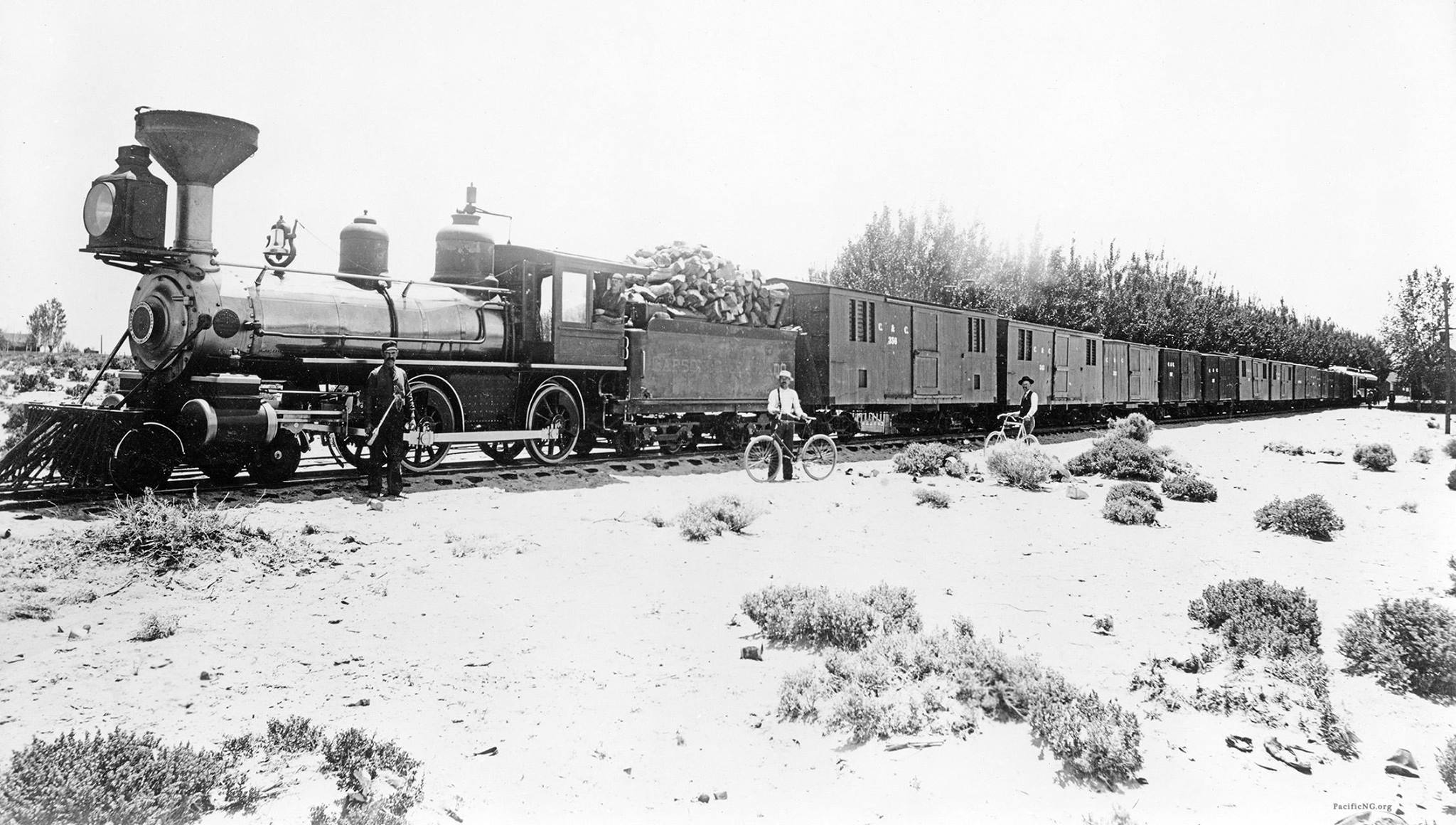
The railroad never came to fruition. In the mid-1880s, the Carson & Colorado built a wagon road to Bodie. They brought 40 workers from Carson to Five Mile House to complete the work.
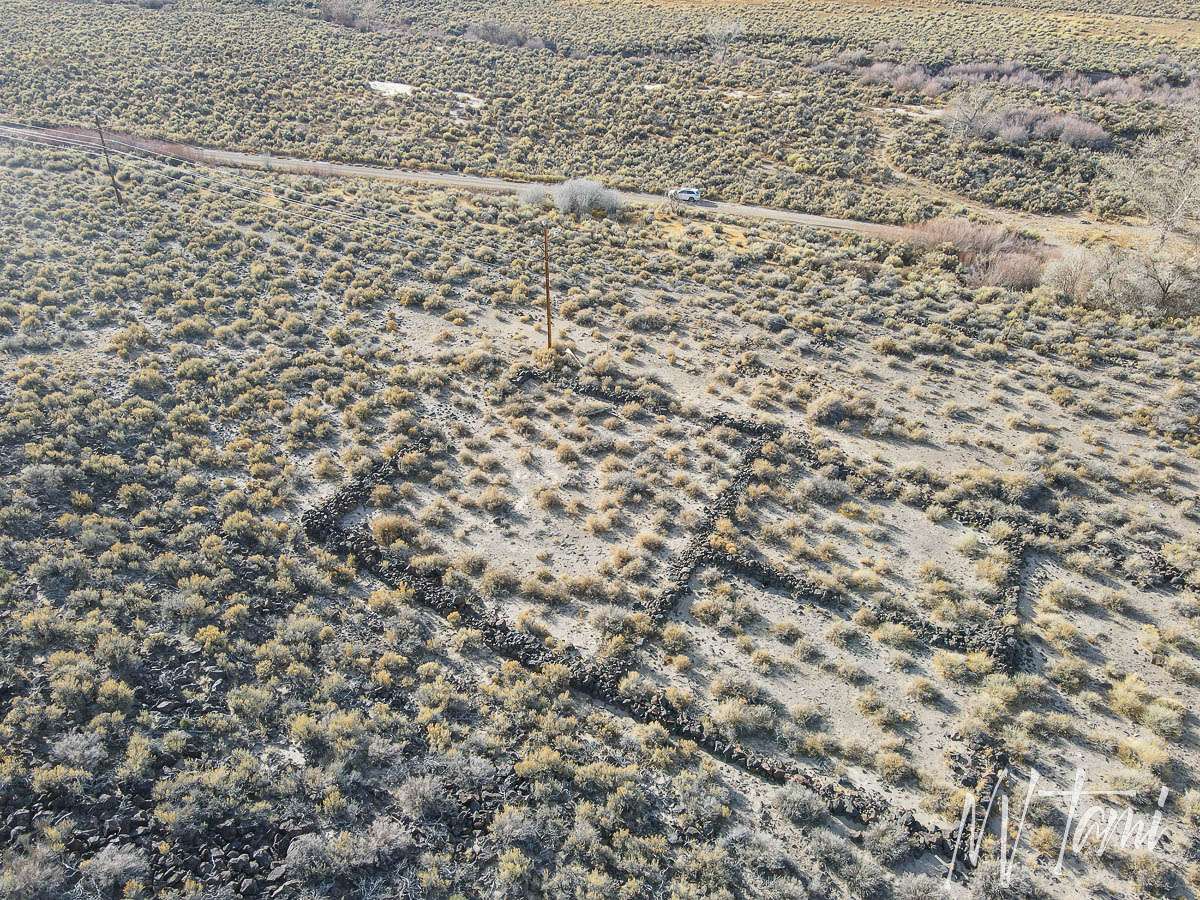
A new life for Five Mile House
By 1879, papers reported that Jacob Stock, of 5-Mile House, would open “A summer resort.” He remodeled and updated the station. Plans included offering a race track, shooting gallery and homemade sarsaparilla.

The 1880 census lists Snediker “sic” Baldwin, his wife, Margaret, and stepdaughter, Caroline, at “Table Mountain.” The correct spelling is Schnedicer. Historian Sue Silver notes that Table Mountain was listed in survey notes as Five Mile Ranch.
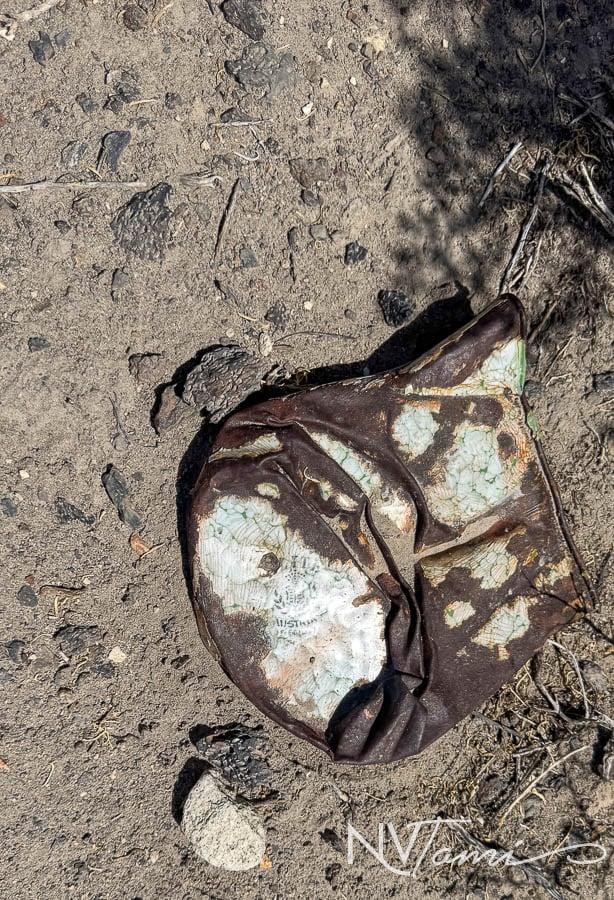
A delinquent tax notice in 1883 shows Baldwin owing $40.59. His property included 288 acres, a house, a barn and a ranch. The delinquency notices continued, and in 1884, W.A. Hoopes took over as proprietor.
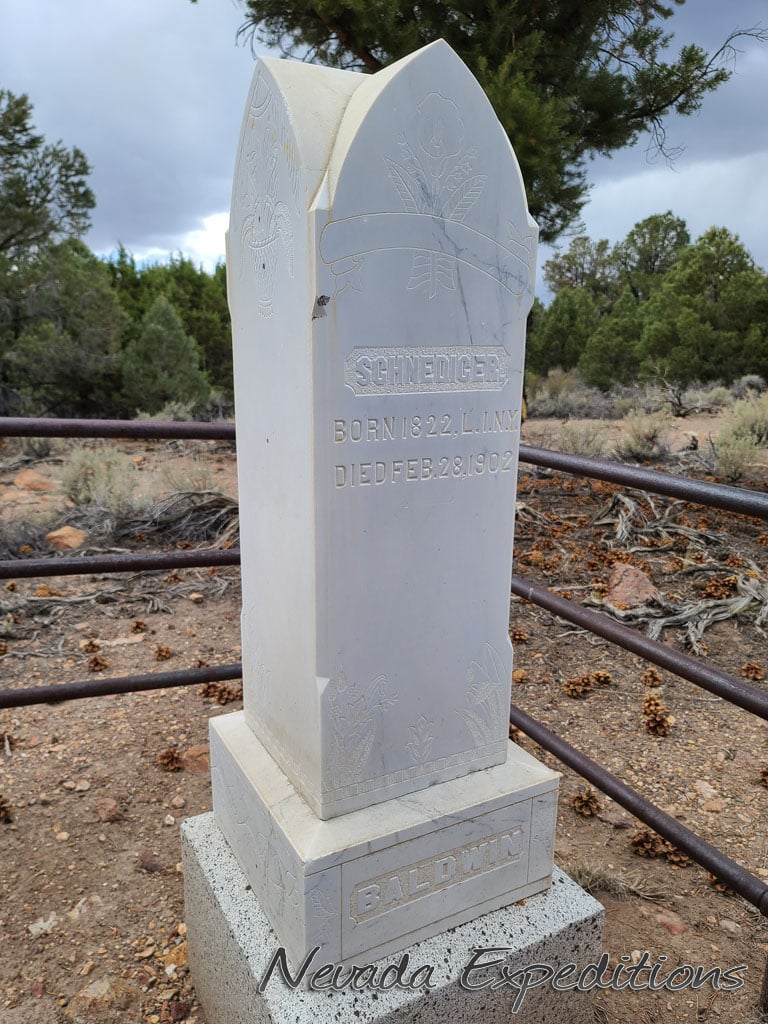
In 1900, Baldwin’s wife was living with her son, George, in Fresno; he divorced her on the grounds of desertion. In 1902, Baldwin developed pneumonia and he died at Five Mile House. His funeral was held in Aurora and was well attended.
A shooting at Five Mile House

Sacramento, California • Wed, Mar 3, 1880
Trouble knocked on Baldwin’s door in the spring of 1880. A Norwegian named Andy hit the front door of the hotel with an axe. Andy “was on a jamboree and threatened to clean out the ranch.” He broke through the front door in a way that would make Jack Nicholson in The Shining proud.

Baldwin responded by firing a shotgun at Andy, striking his shoulder. The hole was large enough to fill with a duck egg. The doctor was called, and it was determined the injury was not fatal. Baldwin surrendered to the Sheriff, but was released.

Ruins of Five Mile House
The spring at Five Mile is still active today. Ponds with lush foliage provide water and shade for animals. Basalt rocks mark the site of the station. Debris litters the site, including cans, glass and a crushed tea kettle.




WANT MORE GHOST TOWNS?
For information on more than five hundred ghost towns in Nevada & California, visit the Nevada Ghost Towns Map or a list of Nevada ghost towns.
Learn about how to visit ghost towns safely.

References
- Find a Grave: Schnedicer Baldwin
- Holt Map of California & Nevada, 1868
- Map of Public Survey in Nevada 1862
- Mono Herald and Bridgeport Chronicle Union.
- Nevada Expeditions: Aurora
- Sacramento Union. March 3, 1880
- Shaw, Clifford Alpheus. Aurora, Nevada: 1860-1960. 1960
- Silver, Sue. Mineral County, Nevada: Volume 3 Early Transportation. Museum Association of Mineral County, 2011.
- Stewart, Robert E. Aurora: Nevada’s Ghost City of the Dawn. Nevada Publications, 2004.
Tamsen Munger says
My mother-in-law’s mother was born at 9 Mile Nev. Her name was Minola Green. As far as I know the house where she lived is still there but in bad shape.
Minola married Patrick O’Brien and had one daughter, Erma.
The Green family is buried in Bridgeport cemetery.
If you have any more information about 9 Mile I would appreciate it. Was it a Way Station also?
Tami says
I visited 9-Mile Sunday! I’m so excited they are FINALLY trying to save it after the earthquake almost broke it in half. The exterior is almost finished; they are roofing this week. The summer caretaker and I talked about your family.
I have researched it a little for my next book, but haven’t done a full article on 9-Mile. It will be in the article on the Genoa to Aurora and Bodie toll road, which is almost done.
I visited the graves at 9-Mile. Amos Green is buried there.